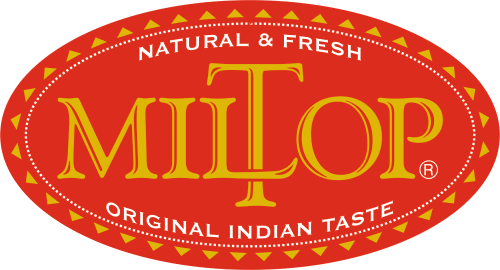Description
The lentil or Masoor daal or Masoor dal (Lens culinaris), considered a type of pulse, (generic translation daal or dal,) is a bushy annual plant of the legume family, grown for its lens-shaped seeds. It is about 15 inches (38 cm) tall and the seeds grow in pods, usually with two seeds in each.
A large percentage of Indians are vegetarian, and lentils have long been part of the indigenous diet as a common source of protein. Usually, lentils are boiled to a stew-like consistency, before spicing as in north and west or with vegetables as in south India (the latter are usually, 99 percent of the time, Toor and not Masoor which are shown here) and then seasoned with a mixture of spices to make many side dishes such as dal which is generic name in north and the generic dish to go with rice or wheat main dishes, sambar or rasam which accompany rice in south, and normally are the chief protein source in a vegetarian cuisine. The seeds have a short cooking time (especially for small varieties with the husk removed, such as the common red lentil) and a distinctive earthy flavor. Lentils are used to prepare an inexpensive and nutritious soup all over Europe and North and South America, sometimes combined with some form of chicken or pork. They are frequently combined with rice, which has a similar cooking time. A lentil and rice dish is referred to in the Middle East as mujaddara or mejadra. Rice and lentils are also cooked together in khichdi, a popular Indian dish; a similar dish, kushari, is made in Egypt and considered one of two national dishes. Lentils are used throughout India, the Mediterranean regions and the Middle East. In rare cases the lentils are mixed with dairy cheese.
Lentils contain high levels of proteins, including the essential amino acids isoleucine and lysine, and are an essential source of inexpensive protein in many parts of the world for those who adhere to a vegetarian diet or cannot afford meat.[2] Lentils are deficient in two essential amino acids, methionine and cystine. However, sprouted lentils contain sufficient levels of all essential amino acids, including methionine and cystine. Lentils contain high levels of proteins, including the essential amino acids isoleucine and lysine, and are an essential source of inexpensive protein in many parts of the world for those who adhere to a vegetarian diet or cannot afford meat. Lentils are deficient in two essential amino acids, methionine and cystine. However, sprouted lentils contain sufficient levels of all essential amino acids, including methionine and cystine. Apart from a high level of proteins, lentils also contain dietary fiber, folate, vitamin B1, and minerals. Red (or pink) lentils contain a lower concentration of fiber than green lentils (11% rather than 31%).Health magazine has selected lentils as one of the five healthiest foods. Lentils are often mixed with grains, such as rice, which results in a complete protein dish.
Lentils are one of the best vegetable sources of iron. This makes them an important part of a vegetarian diet, and useful for preventing iron deficiency. Iron is particularly important for adolescents and pregnant women, whose requirements for it are increased.


